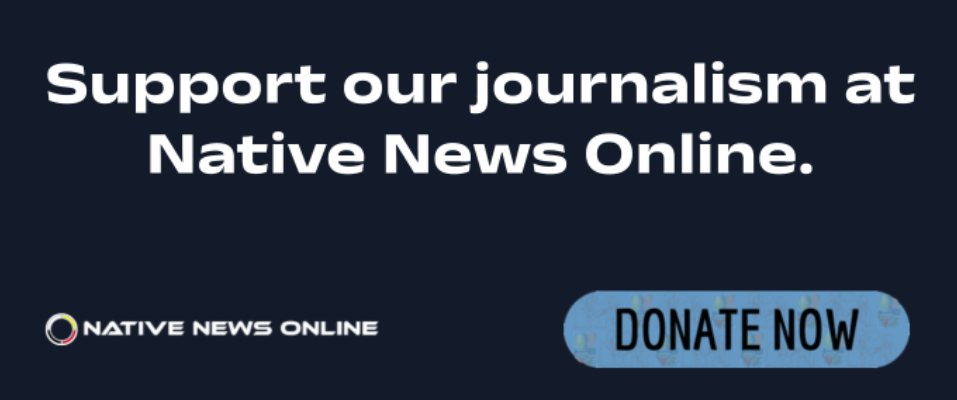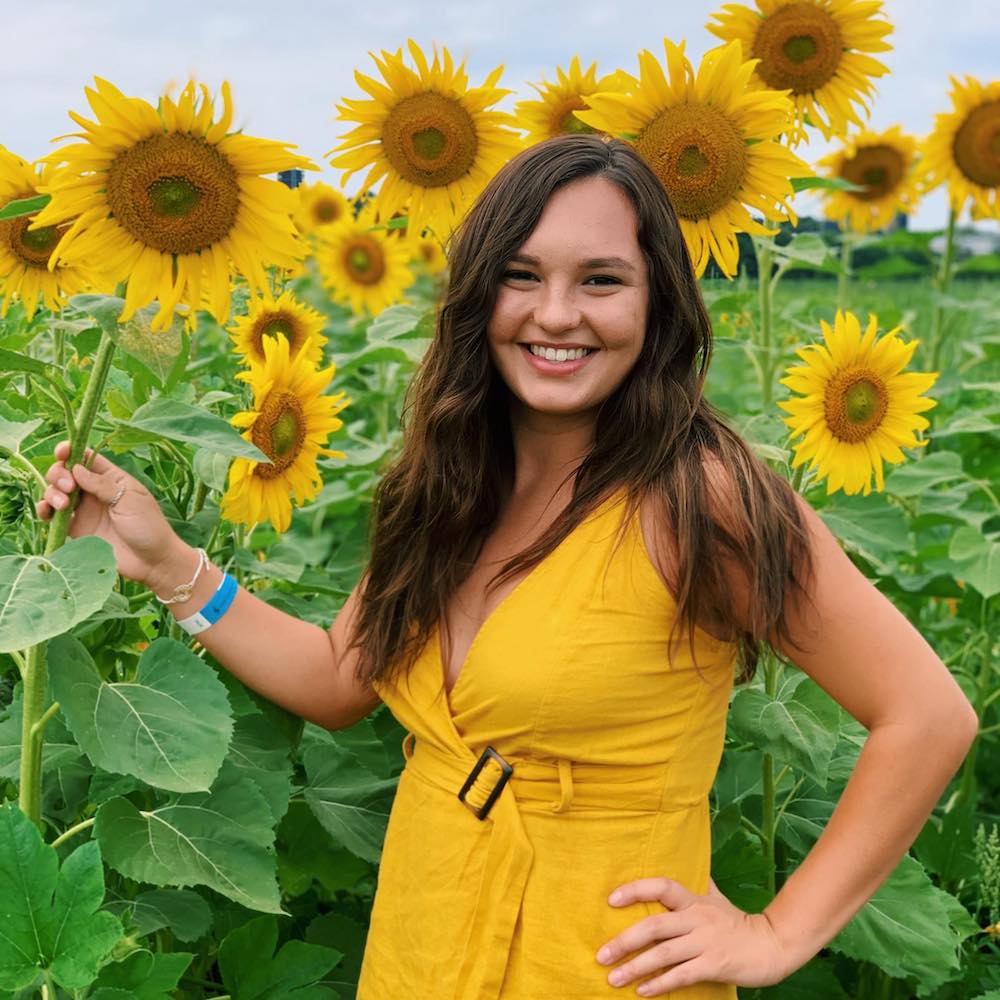
- Details
- By Kaili Berg
The Sundance Institute has announced its 2025 Native Lab cohort, continuing its long-standing commitment to nurturing bold, original work by Indigenous filmmakers.
Held in Santa Fe, New Mexico, on Native land, the Lab provides a dedicated space for Native artists to develop screenplays for feature films and episodic projects with the support of seasoned creative advisors.
This year’s fellows include Jared Lank (Mi’kmaq), Isabella Dionne Madrigal (Cahuilla/Turtle Mountain Ojibwe), Alex Nystrom (Ojibwe), and Jordan Waunch (Métis), the latter selected in partnership with Canada’s Indigenous Screen Office.
Two additional artists-in-residence, Sabrina Saleha (Diné) and Svetlana Romanova (Sakha/Even), will attend while developing scripts of their own.
Adam Piron (Kiowa/Mohawk), director of Sundance’s Indigenous Program, described the Native Lab as “one of the main centerpieces” of Sundance’s Indigenous support system.
The program is rooted in a legacy that stretches back to Sundance’s founding when Robert Redford envisioned Indigenous voices as part of the fabric of independent film.
“Since the very first meetings of artists at Sundance in 1980, Indigenous creators have always had a seat at the table,” Piron told Native News Online. “We like to say we’ve supported four generations of Native filmmakers, and now we’re working to identify and support the fifth.”
The Native Lab focuses on early development, particularly scriptwriting. Each fellow receives a $10,000 grant to support their project and is paired with experienced mentors for cold reads, feedback sessions, and one-on-one meetings during the five-day residency.
This year’s advisors include Bryson Chun (Kanaka Maoli), Sarah Friedland, Kiva Reardon, and Erica Tremblay (Seneca-Cayuga).
The 2026 cohort brings a wide range of experience and creative energy to the table.
“Every year has its own flavor,” Piron said. “This group is really exciting because all of them are working on their first feature, but they’re not new to storytelling. Jared Lank has a strong visual language from photography, Isabella is moving from Native theater into film, and Alex has a deep background as a producer.”
Saleha and Romanova, the two artists-in-residence, are also using the Lab to explore new terrain.
Romanova, with a background in experimental film, is developing a project in episodic format for the first time. Saleha is working on a deeply personal story, rooted in her community.
While the Lab helps develop technical skills, Piron emphasized that its real value lies in strengthening artistic identity.
“We’re not just helping people write scripts,” Piron said. “We’re helping them find their voice and deepen their connection to their own creative practice, especially as Indigenous artists.”
One of the defining aspects of the Native Lab is its commitment to Indigenous audiences. Piron is clear that Native creators shouldn’t have to explain themselves to non-Native viewers.
“I really push for artists to center Indigenous audiences,” Piron said. “I’m opposed to the idea of Native filmmakers having to explain who they are for others. That’s a form of colonialism we’re still trying to untangle.”
Instead, Piron encourages participants to make films that speak first to their own communities, whether that’s a tribe, a region, or just a small circle of fellow Native artists.
“If someone is making a film for the five Native weirdos they went to high school with, that’s still a win,” Piron said.
Beyond the Lab, Sundance’s Indigenous Program offers a wide range of support. These include the Merata Mita Fellowship, which supports Indigenous women-identifying filmmakers globally; a summer shorts intensive; and the Indigenous Shorts Tour, a traveling program that screens Native-made films in Indigenous communities across the U.S. and abroad.
The program also recently launched the Graton Fellowship, a $4 million endowment supporting California-based tribal filmmakers.
Looking ahead, Sundance’s presence will expand even further when the Film Festival relocates to Boulder, Colorado in 2027. Piron sees this as a chance to connect with Native communities across the Front Range.
As for the impact of the Native Lab, Piron points to its alumni, filmmakers like Taika Waititi, Erica Tremblay, Sydney Freeland, and Sterlin Harjo, as evidence of what’s possible when Indigenous artists are empowered to lead.
“When you look at something like Fancy Dance, Erica made that film for her community first,” Piron said. “And it connected with Indian Country, and then with everyone else. That’s the kind of ripple effect we’re trying to build.”
More Stories Like This
Zuni Youth Enrichment Project Takes Top Emerging Artist Apprentices to Phoenix for Artistic Exploration and Cultural ImmersionFrom Dishwasher to Award-Winning Chef: Laguna Pueblo's Josh Aragon Serves Up Albuquerque's Best Green Chile Stew
Rob Reiner's Final Work as Producer Appears to Address MMIP Crisis
Vision Maker Media Honors MacDonald Siblings With 2025 Frank Blythe Award
First Tribally Owned Gallery in Tulsa Debuts ‘Mvskokvlke: Road of Strength’
Help us defend tribal sovereignty.
At Native News Online, our mission is rooted in telling the stories that strengthen sovereignty and uplift Indigenous voices — not just at year’s end, but every single day.
Because of your generosity last year, we were able to keep our reporters on the ground in tribal communities, at national gatherings and in the halls of Congress — covering the issues that matter most to Indian Country: sovereignty, culture, education, health and economic opportunity.
That support sustained us through a tough year in 2025. Now, as we look to the year ahead, we need your help right now to ensure warrior journalism remains strong — reporting that defends tribal sovereignty, amplifies Native truth, and holds power accountable.
 The stakes couldn't be higher. Your support keeps Native voices heard, Native stories told and Native sovereignty defended.
The stakes couldn't be higher. Your support keeps Native voices heard, Native stories told and Native sovereignty defended.
Stand with Warrior Journalism today.
Levi Rickert (Potawatomi), Editor & Publisher


